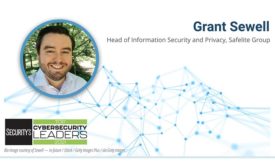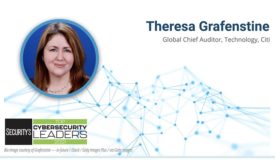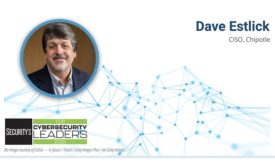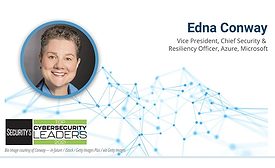Cybersecurity News
Special Report
Head of Information Security and Privacy, Safelite Group
Read More
Special Report
2021 Top Cybersecurity Leaders - Shawn Harris
CISSP-ISSAP, CCSP, Director, Information Security – Strategy, Engagement, and Architecture, Starbucks Coffee Company
March 1, 2021
Special Report
2021 Top Cybersecurity Leaders - Theresa Grafenstine
Global Chief Auditor, Technology, Citi
March 1, 2021
Special Report
2021 Top Cybersecurity Leaders - Heather Gantt-Evans
CISO, SailPoint
March 1, 2021
Special Report
2021 Top Cybersecurity Leaders - Chuck Davis
Senior Director of Cybersecurity, Hikvision
March 1, 2021
Special Report
2021 Top Cybersecurity Leaders - Edna Conway
Vice President, Chief Security and Resiliency Officer, Azure, Microsoft
March 1, 2021
Special Report
2021 Top Cybersecurity Leaders - Jason Albuquerque
CIO and CSO, Carousel Industries
March 1, 2021
Sign-up to receive top management & result-driven techniques in the industry.
Join over 20,000+ industry leaders who receive our premium content.
SIGN UP TODAY!Copyright ©2025. All Rights Reserved BNP Media.
Design, CMS, Hosting & Web Development :: ePublishing










